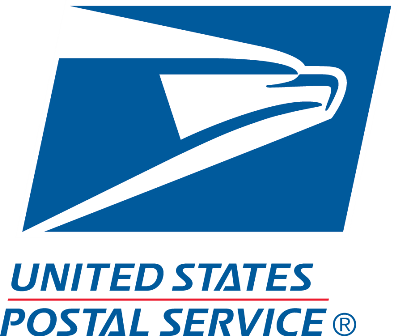How I Started A $300K Business Selling Swim Trunks Made From Trash
Hello! Who are you and what business did you start?
Hey there I’m Evan Waldenberg, the founder of Junk in your Trunks. Clothing from trash for the wonderful piece of garbage you are. We’re making swim trunks out of recycled plastic bottles.
We’re not the first brand working with these kinds of materials, but we felt that all the brands out there working with sustainable materials tended to cater to surfer bros and tree huggers so we set out to make something for a different type of guy, something for the guy who may treat his body like trash a few times a week, but wouldn’t mind treating the world a little bit better.
Up to about $25k/mo but rapidly growing, we just haven’t had the inventory to keep up with demand lately. We’re at a really interesting time because our company was/is still in its infancy and we managed to land an investment from Barstool Sports on a new shark-tank style show they debuted recently called The Big Brain. Gave up a decent amount of equity (the final deal doesn’t look exactly like what was discussed on the show, I’m happy with where we landed but gotta stay 🤐) but it really changed what the future of this...

Download the report and join our email newsletter packed with business ideas and money-making opportunities, backed by real-life case studies.

Download the report and join our email newsletter packed with business ideas and money-making opportunities, backed by real-life case studies.

Download the report and join our email newsletter packed with business ideas and money-making opportunities, backed by real-life case studies.

Download the report and join our email newsletter packed with business ideas and money-making opportunities, backed by real-life case studies.

Download the report and join our email newsletter packed with business ideas and money-making opportunities, backed by real-life case studies.

Download the report and join our email newsletter packed with business ideas and money-making opportunities, backed by real-life case studies.

Download the report and join our email newsletter packed with business ideas and money-making opportunities, backed by real-life case studies.

Download the report and join our email newsletter packed with business ideas and money-making opportunities, backed by real-life case studies.



















